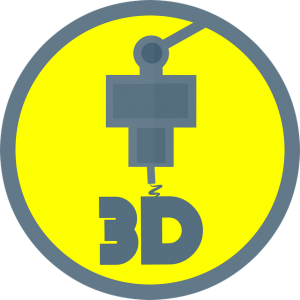
Fused filament fabrication (FFF) has become synonymous with 3D printing. Originally developed in the late 1980s, it offers a simple and effective way for companies and consumers alike to build objects from raw materials. Like with other forms of 3D printing, FFF involves the deposition of raw material onto a bed. However, FFF doesn’t use just any material. It’s defined by the use of a filament-based material.
What Is FFF?
Also known as filament freeform fabrication, FFF is a 3D printing method that involves the use of a filament-based material to build an object from a computer-generated design file. Most FFF processes use a spool of plastic filament as the material. As the spool releases the filament, it’s heated by the printer’s head before being ejected onto the bed.
How Does FFF Work?
FFF is a 3D printing method that works like most other related methods: the 3D printer releases raw material out the head to build an object layer by layer. FFF is unique, though, because it uses a spool of plastic filament as the material.
Objects built using FFF are made of plastic. When the filament heats up in the FFF 3D printer, it becomes more viscous, allowing it to flow out the printer’s head. The FFF 3D printer will then move both horizontally and vertically — according to the instructions dictated in the design file — to release the heated plastic filament onto a bed. As the plastic filament cools, it hardens, thereby forming the object. The object can then be ejected or released from the bed.
Benefits of FFF 3D Printing
FFF has become popular because of its simplicity. All it requires is a basic FFF 3D printer as well as the computer software to design objects. Because of its low barrier of entry, FFF is used in many recreational applications among consumers and hobbyists. While manufacturing companies use FFF 3D printers as well, you’ll often see consumers and hobbyists using them to build objects.
In addition to being simple and easy to perform, FFF also costs less than other 3D printing methods. On the low end, FFF 3D printers are available for just $200 to $300. With that said, some of the consumer-grade FFF 3D printers available can cost over $2,000. Objects built using FFF are also strong. After all, FFF 3D printers use plastic filament as the material, so objects retain the physical properties of this plastic filament after being built.
Learn more about Monroe’s Additive Printing Service or get your parts printed now!
No tags for this post.
